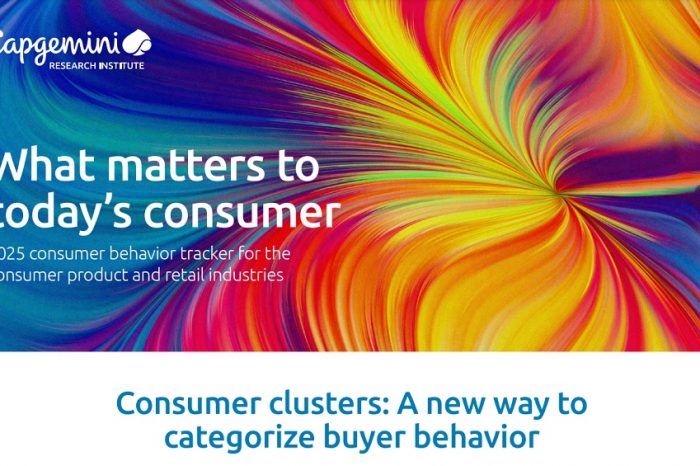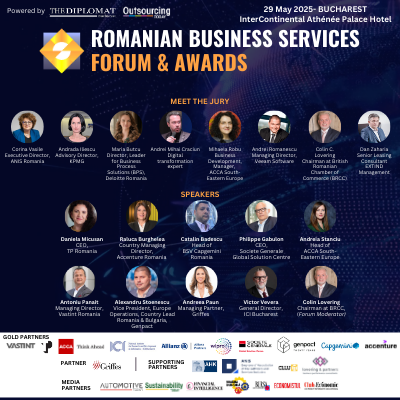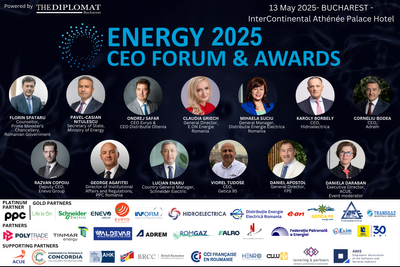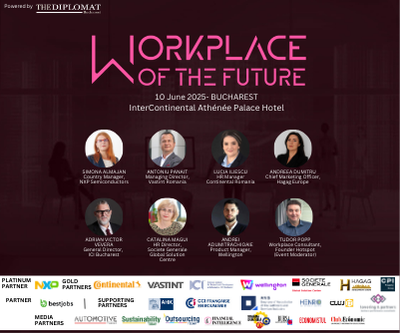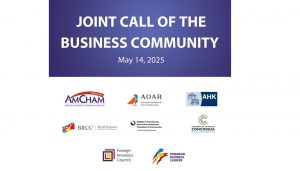Capgemini: Organizations are reaping the benefits of increased productivity, but employees are impacted by the demand of being ‘always on’

A majority of organizations have witnessed strong productivity gains in Q3 2020 by allowing employees to work remotely; however, employees are being impacted by the feeling of being “always-on”.
That’s according to a new report by the Capgemini Research Institute titled, “The future of work: from remote to hybrid.” In order to continue realizing remote working benefits and manage employee expectations, organizations need to find the right operating model for a more balanced hybrid approach. To do this, leaders need to question and rethink the effectiveness of existing structures, and break down organizational silos and barriers between teams cites the report.
Employee productivity grew at 63% of organizations during the third quarter of 2020 thanks to less commuting time, flexible work schedules and the adoption of effective virtual collaboration tools. IT and digital functions (68%) lead the way in productivity, followed by customer service (60%) and sales and marketing (59%). Digitization and the use of technologies like artificial intelligence (AI) has helped organizations to see improved productivity in these areas. Functions like production/manufacturing, research and development (R&D)/innovation and the supply chain, which involve more on-premise work and a higher proportion of blue-collar workers[1], represent the lowest percentage of organizations to have reported a productivity increase (as low as 51%).
Organizations project an overall productivity rise of 17% in the next two to three years. Furthermore, 88% have realized real estate cost savings thanks to remote working in the last three to four months, and 92% expect savings in the next two to three years.
Nearly 70% of organizations believe that the productivity gains of remote working are sustainable beyond the pandemic. However, this will highly depend on how quickly organizations learn and reorient themselves – factoring in changes in employee mindset and building individual and organizational resilience.
Organizations and employees expect remote working to stay, but will shift to a hybrid model
In the next two to three years, around three in ten organizations expect more than 70% of their employees to work remotely, up from just 10% before Covid-19, and nearly half (48%) of the organizations see their total office space needs reducing by at least 10%. Additionally, around 45% of employees expect to spend three days or more per week working from remote locations going forward, indicating a fast-rising trend of a hybrid and collaborative workplace.
While employee productivity has gone up recently, employees have expressed concerns about remote working in the long-term. Some 56% feel apprehensive of the expectations of being ‘always on’, and younger workers need more support to deal with the stress associated with uncertainty as this statistic rises to 60% of employees between the ages of 26-35. These concerns raise questions about whether productivity gains can be sustained in the long-term for a successful hybrid working model.
Capgemini also found that new joiners feel disengaged in a remote set-up and limited support left 54% of new joiners feeling confused and lost during their initial days with their company; 52% weren’t even aware of their organization’s values and benefits. These difficulties extended to existing employees where 38% found it harder to collaborate virtually with new joiners.
Establishing support, connection, and trust is key for shifting to a hybrid workforce future
The limitations of fully remote working points to a future built on a hybrid model, which strikes a balance between work-from-home and office models, and which aims to differentiate the company and build its employee proposition. Organizations have to find the right balance for a hybrid approach and leaders need to question existing structures, rethink the effectiveness of operating models, and break down organizational silos and barriers between teams. The Capgemini report recommends that organizations:
- Rethink the sourcing model to enable “deliver where you are”: Removing the need for people to be present at a place of work means organizations can expand their talent sourcing boundaries to include a fluid workforce such as freelancers, or independent workers.
- Redefine leadership and encourage autonomy, empathy and transparency: Empower employees to make data-driven decisions, use data to manage remote workforce, and enhance remote leadership skills such as empathy, active listening and adaptability.
- Reinvent a “trusted” work culture with new collective rituals: Build digital communities to activate purpose and a sense of belonging, and embrace new collective rituals, such as more virtual team-building activities.
- Install a robust digital infrastructure to accelerate seamless digital working: IT teams need to pivot quickly towards adopting a digital infrastructure that offers resilience, agility, and scalability at its core. Organizations also need to make targeted investments in their employees and their expertise in using new tools.
“Performance management systems need to be upgraded to measure productivity and outcome, rather than output and hours logged by employees to sustain productivity gains,” said Claudia Crummenerl, Managing Director, People and Organization at Capgemini Invent. “Our research shows that the impact on the mental health of the workforce in a remote setting can be detrimental. Executives therefore need to actively step in and offer additional support to create an environment where people can openly talk about their concerns and can foster a better work-life balance. Communicating the organization’s values and beliefs in an impactful way and developing a sense of trust for the workforce are critical aspects for striking stronger connections. All this, backed by a suitable digital infrastructure to enable seamless digital working, can drive employee efficiency, and eventually the sustenance of a hybrid working model.”
For further information and the recommendations based on the research, access the full report here.




